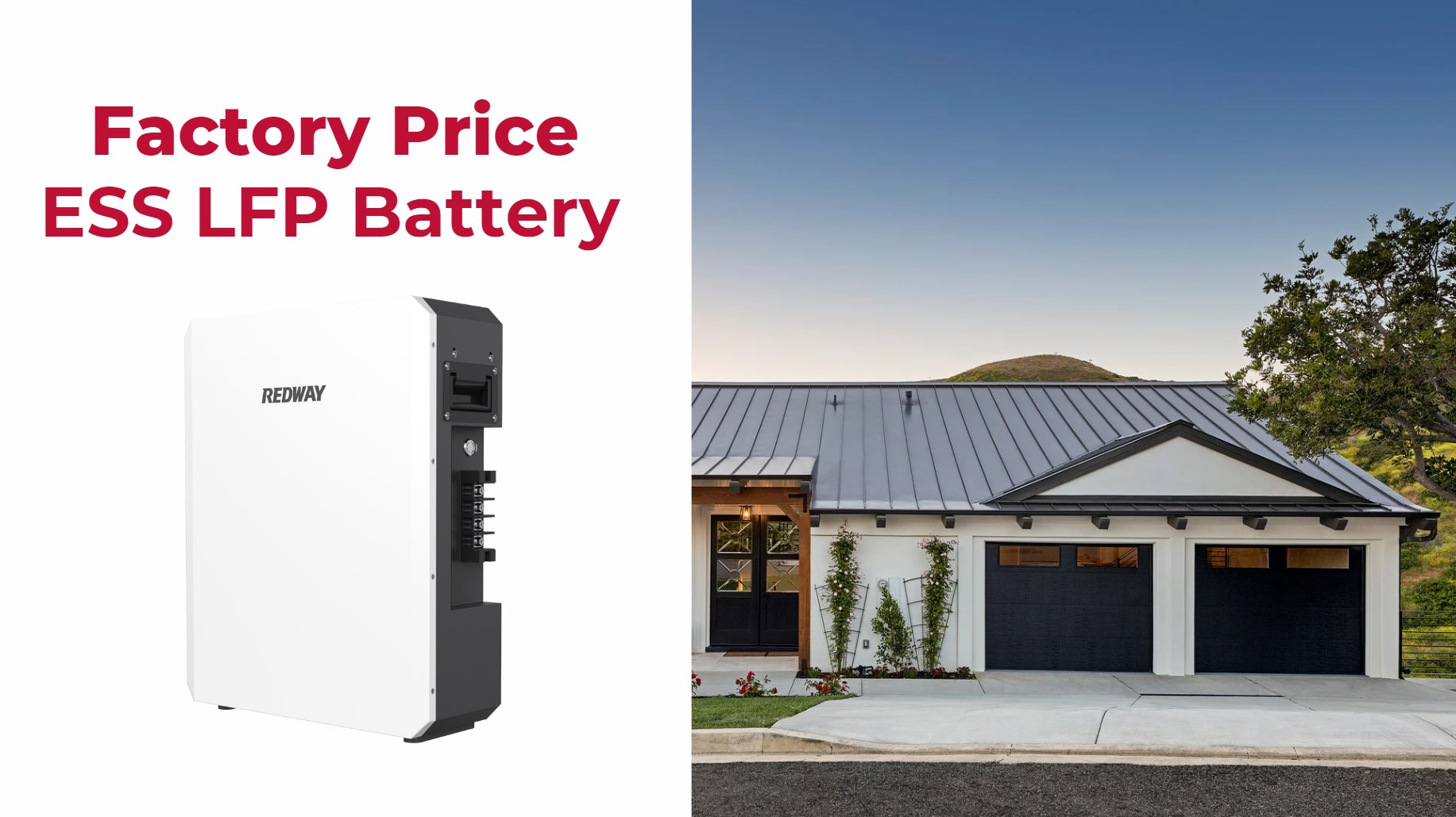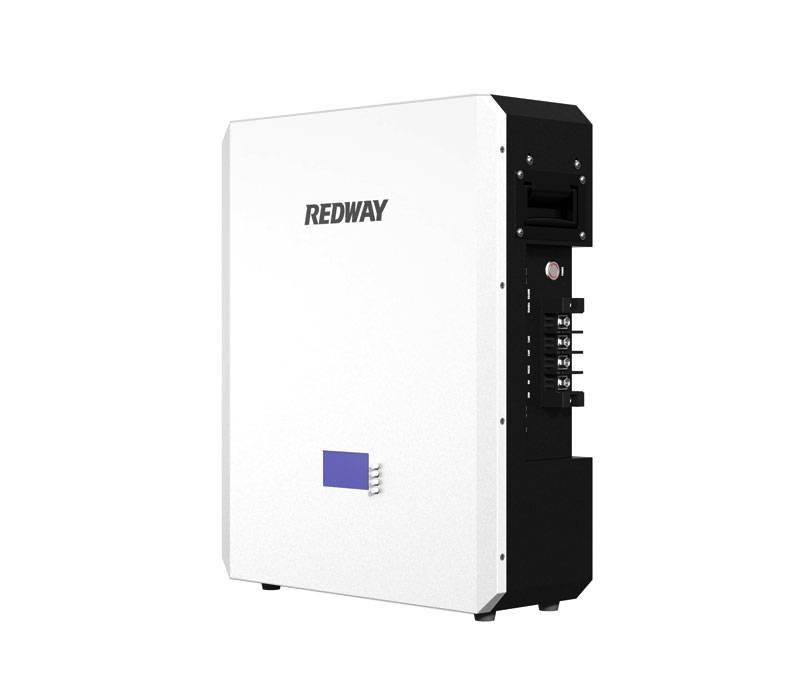To request a custom lithium Home ESS quote, visit the manufacturer’s website or contact their sales team directly. Provide details about your energy needs, installation requirements, and any specific features you desire to receive an accurate quote tailored to your situation.
As more homeowners turn to renewable energy solutions, the demand for custom lithium home energy storage systems (ESS) has surged. A custom lithium ESS offers flexibility, efficiency, and long-term savings by storing energy for later use. If you’re considering installing a custom lithium home ESS, this comprehensive guide will help you understand the steps involved in requesting a personalized quote.
Understanding Your Energy Storage Needs
Before reaching out for a quote, it’s crucial to assess your energy storage requirements. Here are some key factors to consider:
1. Energy Consumption Analysis
Start by analyzing your household’s energy consumption patterns. Examine your utility bills to determine:
- Average daily and monthly energy usage (measured in kilowatt-hours, kWh)
- Peak energy consumption times
- Seasonal variations in energy use
Understanding your energy consumption will help you determine the capacity and performance specifications needed for your custom lithium ESS.
2. Capacity and Voltage Requirements
Next, define the capacity (in kWh) and voltage requirements of your home ESS. The capacity should align with your daily energy usage and your desired level of energy independence. Consider:
- Backup Power Needs: How much power do you need during outages?
- Solar Integration: If you have or plan to install solar panels, ensure the ESS can handle the generated power.
- Future Expansion: Consider potential increases in energy consumption and whether the system can be expanded.
3. Space and Installation Considerations
Assess the available space for installing the ESS. Consider:
- Indoor vs. Outdoor Installation: Determine whether the system will be installed indoors or outdoors.
- Space Constraints: Ensure there’s enough space for the ESS and necessary components.
- Accessibility: The system should be easily accessible for maintenance and monitoring.
Choosing a Reputable Supplier or Manufacturer
Selecting a reliable supplier or manufacturer is crucial for obtaining a high-quality custom lithium ESS. Here’s how to choose the right provider:
1. Research and Shortlist Providers
Conduct thorough research to identify reputable suppliers. Look for:
- Experience and Expertise: Choose providers with a proven track record in lithium ESS.
- Customer Reviews and Testimonials: Check reviews and testimonials from previous clients.
- Certifications and Accreditations: Ensure the provider meets industry standards and holds relevant certifications.
2. Compare Product Offerings
Examine the product offerings of shortlisted suppliers. Compare:
- System Specifications: Ensure the ESS meets your capacity and voltage requirements.
- Warranty and Support: Check the warranty period and availability of after-sales support.
- Customization Options: Verify if the provider offers tailored solutions.
3. Request Initial Consultations
Contact potential suppliers to request initial consultations. During these consultations:
- Discuss Your Requirements: Clearly communicate your energy storage needs.
- Ask Questions: Inquire about system performance, installation, and maintenance.
- Evaluate Responsiveness: Assess how promptly and thoroughly the provider addresses your queries.
Providing Necessary Details for the Quote
When requesting a custom lithium home ESS quote, provide comprehensive details to ensure an accurate proposal. Include:
1. Energy Consumption Data
Share detailed information about your household’s energy usage. Include:
- Monthly Energy Consumption: Provide historical data for at least the past year.
- Peak Usage Times: Highlight periods of highest energy use.
- Appliance-Specific Consumption: If possible, detail the energy consumption of major appliances.
2. Desired System Specifications
Specify your preferred system specifications, including:
- Capacity (kWh): Based on your energy consumption analysis.
- Voltage Requirements: Ensure compatibility with your home’s electrical system.
- Battery Type: Indicate if you have a preference for a specific type of lithium battery.
3. Installation Details
Provide information about the installation site:
- Location: Indoor or outdoor installation.
- Space Availability: Dimensions and layout of the installation area.
- Climate Conditions: Any environmental factors that might affect the system.
4. Additional Requirements
Mention any additional requirements, such as:
- Integration with Renewable Energy Sources: Solar panels, wind turbines, etc.
- Monitoring and Control Systems: Preferences for system monitoring and control.
- Aesthetic Considerations: If the appearance of the system is important to you.
Receiving and Reviewing the Quote
Once you’ve provided the necessary details, the supplier will prepare a detailed quote. Here’s what to expect:
1. Detailed Proposal
The proposal should include:
- System Specifications: Detailed description of the ESS components.
- Cost Breakdown: Itemized costs for equipment, installation, and additional services.
- Installation Timeline: Estimated time frame for system installation.
- Warranty and Support: Information about warranty coverage and support services.
2. Consultation and Clarifications
The supplier may schedule a follow-up consultation to:
- Clarify Details: Ensure all aspects of the proposal are understood.
- Address Questions: Provide answers to any questions you may have.
- Discuss Modifications: Make any necessary adjustments to the proposal.
3. Finalizing the Agreement
After reviewing the quote and proposal, you can finalize the agreement by:
- Signing the Contract: Formalize the agreement with the supplier.
- Scheduling Installation: Plan the installation process and set a timeline.
- Making Initial Payments: Arrange for any required deposits or initial payments.
Conclusion
Requesting a custom lithium home ESS quote involves careful planning and collaboration with a reputable supplier. By understanding your energy storage needs, providing detailed information, and thoroughly evaluating proposals, you can ensure you receive a tailored solution that meets your requirements. A well-designed custom lithium ESS will enhance your energy independence, efficiency, and sustainability for years to come.




